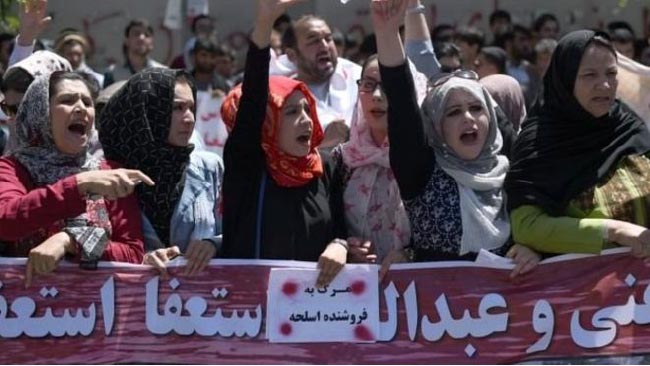The draft law of assembly, demonstrations and strikes was rejected by law-making committee and the cabinet of National Unity Government (NUG) for several times and was referred to related institutions for further clarification. Returning from the cabinet, it has been fundamentally reformed with the presence of civil society activists and finally approved.
To formulate the law of assembly, demonstrations and strikes that directly relates to public and security order, the current draft would be discussed on the basis of two major approaches. First, it was the “security-centered” view which prioritized the maintenance of order and public security and upheld citizens’ general rights and freedoms. This view will be paid further heed in countries embroiled in unconventional situations such as war and instability and will be the cornerstone of drafting legislative documents. The second view expressed in this regard was “citizen-centered” or citizen-orientated issue which paid more significance to the rights and liberty of citizens rather than considering it from the security perspective. That is to say, the main reason behind approving the law of assembly, demonstrations and strikes was to support the citizens’ fundamental rights and liberties and leaves no room for restricting their general rights and freedoms.
It is an undeniable fact that the freedom of assembly, demonstrations and strikes are considered the citizens’ fundamental rights in the country which have been reflected explicitly in the second chapter of Afghanistan’s Constitution. It is self-explanatory that observing the rights and liberty of citizens is viewed as a basic principle in all democratic systems while drafting law. However, there are some issues like providing security and public order, protecting the lives of citizens, etc. which allow restriction in legal and political system.
It seems that the initial plan for this law was based on the theory of “authenticity of security” and therefore the “principle of permission” for conducting assembly, demonstrations and strikes is recognized while many restrictions were also considered for citizens’ rights and liberties. Consequently, many members of Committee of Law and human rights organizations expressed their disagreement about the plan. Based on the suggestion made by Sarwar Danish, the Second Vice President and chairman of the Committee of law, the draft was referred to a specialized committee for collecting the different views of committee members, observing the fundamental rights and freedoms of citizens and further clarification.
Danish said that fundamental rights and civil liberty in Afghanistan were great achievements as people gained through years of battels and sacrifices. According to him, agreeing against the fundamental rights of individuals are not allowed with the provisions of the constitution. However, the state and human rights and civil institutions are responsible to uphold and develop those rights. On the other hand,
Viewing the country’s exceptional circumstances in terms of security and maintaining public order, Danish said that the introduction or modification of laws and regulations should be based on a mechanism to keep a reasonable balance between protecting individuals’ basic rights and public order so as to ensure justice in the best possible way. Hence, the law of assembly, demonstrations and strikes was approved in the last meeting of Committee of Law.
It is worth saying that several major issues were reformed and agreed upon in this law: the most important issue considered in this law was the permission system similar to “earlier notice and record” so as to safeguard people’s rights on the one hand and deem some restrictions on the other hand to ensure the public law and order and as well as citizens’ rights, safety and welfare. For instance, the second item of article 20 – which let the police not allow conducting assembly, demonstration and sit-in based on security situation – was reformed in a way that the high political officials such as interior minister in the capital and provincial governors in provinces are the qualified authorities for identifying the security situation. This issue will allow neither exploitation of the security situation regarding the freedom of assembly, demonstrations and sit-in nor the endangerment of citizens’ rights and safety. In terms of conceptions and terminologies, the terms of ethnic, linguistic and factional conflicts were replaced with preaching hatred, discrimination, war and violence, which are also backed by legal and international instruments. The second issue added to this law forbad police from carrying or using weapons in demonstrations rather they can only use other common tools to control demonstrations.
Considering the sensitivities and protracted fluctuation regarding the mentioned law, one will conclude that establishing legal and civil infrastructure with the intention of “citizen-centered” society was highly significant for the Committee of Law. Therefore, this law was reformed and approved in the last meeting after a long and controversial discussion.
Home » Opinion » A Glance at Law of Assembly, Demonstrations and Strikes
A Glance at Law of Assembly, Demonstrations and Strikes
| Mohammad Eshaq Arifi

